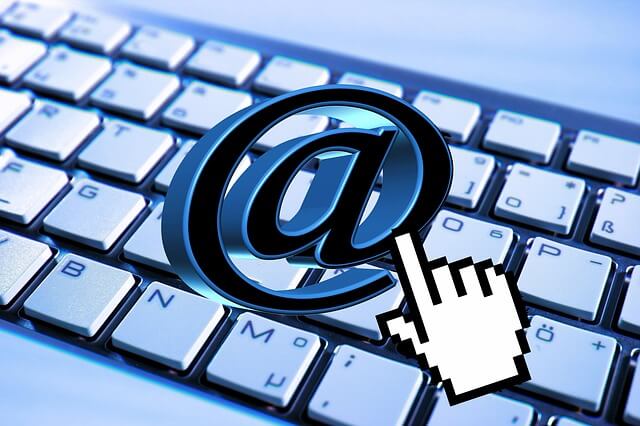How to Send a Professional Email

With email being an electronic form of communication, we often lose sight of how to send a professional email. Email, once the only form of electronic communication at the office, has since become just one of the many forms of electronic communication we use at work each day. In addition to email, we are also now texting with colleagues, chatting with them over social media apps like Facebook, or communicating over informal work-centric apps like Slack. To think there’s no difference between how you should communicate from one medium to the other couldn’t be further from the truth.
There’s a world of difference between how to send a professional email, and how to send a message to a colleague over something like a text message. The basics of how to send a professional email are being forgotten, but they are no less important than they ever were. Emails don’t have to be as formal as written letters, but since they are often the first point of contact you may have with an employer or client you only have one chance to get it right. Coming across as unprofessional in your email communication could be detrimental to both you and your company’s reputation.
In this post we’re going to go over some very basic steps on how to send a professional email. Following these steps will ensure you’re representing yourself in the best possible light when communicating with clients or colleagues.
How to Send a Professional Email in 4 Steps
The Greeting
Begin your email with a professional greeting. If you know the name of the person receiving the email, make sure to include it in the greeting. Unless you’re on a first-name basis with the individual, always address them by their last name. Such as “Dear Mr. Jones”, or “To Mrs. Smith”. In some cases you may be sending an email without knowing exactly who is going to be receiving it, especially if the address is something like “contact@domain.com”. In those situations it’s OK to use a more generic greeting such as “To whom it may concern” or “Dear Sir or Madam”. If it is someone that you know it is acceptable to begin with “Hello Tom” or another such familiar greeting.
The Point
When meeting someone face to face you may be inclined to engage in some casual chit-chat over the weather or what you did over the weekend. That’s not necessary in a professional email, in fact it’s more likely to be frowned upon. Be respectful of the time the individual is taking to read your email by getting to the point quickly. Succinctly state your purpose by saying “I’m writing in response to…” Or “I am writing to inquire about…”. Not only will this grab the recipient’s attention but they’ll be grateful their time is not being wasted.
The Body
After greeting the individual and stating your purpose, move right into the body of the email and try to keep it as short and sweet as possible. Inboxes are overloaded as it is, no one wants to read multiple pages of an email when they have 20 more unread emails waiting for them. Write a clear body section and pay the utmost attention to spelling and grammar. No matter how well what you’re saying in the email is being stated, spelling and grammar mistakes can severely damage the credibility of the message as a whole. Double and triple check the body of your email for any errors before sending it.
The Closing
It’s proper to include a brief closing after the body of your email. You wouldn’t just abruptly end a conversation with someone without saying goodbye first, would you? The same concept applies to professional emails. In your closing section it’s polite to once again thank the recipient for their time and consideration. For your benefit you should also add a call-to-action, such as “I look forward to hearing back from you,” or “If you have any questions don’t hesitate to ask”. Finally, sign off your email by saying “Best wishes, your name. Have a great day”
Conclusion
That’s how to send a professional email in just 4 easy steps:
- Greeting
- Point
- Body
- Conclusion
Follow those steps each time you send a professional email and you can’t go wrong. If you have any questions about either of these steps, please leave us a comment below.

